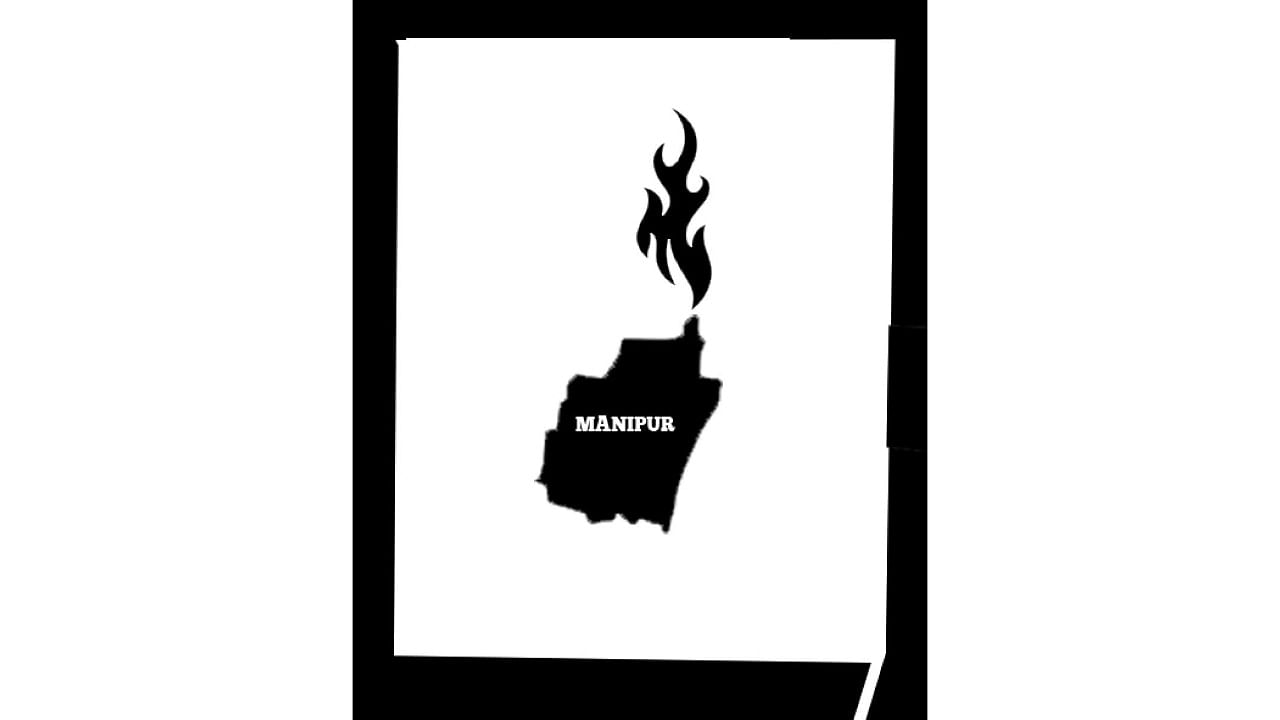
The recent mayhem in Manipur, literally the land of jewels, has brought to the fore the ethnic strife that continues to simmer between the hill tribes and valley dwellers. The violence has claimed over 73 lives, left nearly 250 injured, and displaced thousands.
It is no wonder that almost each of these tribes has their own militia to defend their respective communities in times of trouble or perceived danger to their lives. With over 2,000 houses and 70 churches burned down, over 35,000 people have been rendered homeless, posing a significant challenge to the Manipur government to rehabilitate the displaced people.
Not much notice has been taken of the looting of police armouries by the miscreants, who are reported to have looted 1,041 weapons and 7,460 rounds. That the police armouries could be looted is a matter of serious concern. Evidently, the armouries were not well guarded, which led to looting on such a massive scale. No resistance seems to have been offered to the rioters who ventured to barge into the police stations in hordes and carry away the weapons. The possibility that some of these weapons have been used to kill or maim the inhabitants cannot be ruled out. Of these, about 500 arms and 6,700 rounds have been recovered.
While the majority Meitei population occupies about 2238 sq km of the state’s alluvial plains, the remaining 20,109 sq km in the surrounding hills are home to the minority tribals, who constitute just 40 per cent of the state population. The Meiteis, who form 53 per cent of the population, are Hindus, though a section of them appeal to the Hindus to return to their original religion of Sanamahi.
The simmering discontent among the Kuki-Zou-Hmar due to the eviction of villagers from the reserved forests in Churachandpur district in recent months by the government was evident when the venue of an event where the Chief Minister was to inaugurate a gym was vandalised and set on fire. It was a local event organised by the local MLA of Churachandpur, LM Khaute, a former DGP of Manipur, to mark his completion of one year as MLA. He was the Superintendent of Police of Churachandpur—the place where the trouble began—in the 1990s. The chief minister had to put off his visit.
The withdrawal of the Pact of Suspension of Operations by the Manipur government was another irritant for the Kukis. The tripartite agreement between the Centre, state government, and the Kuki National Army (KNA)-Zou Revolutionary Army (ZRA) combine signed on August 22, 2008, was terminated by the state on March 10 this year as these outfits were seemingly supporting the protest rallies against the eviction of villagers from the forest land, which according to the government was being used for poppy cultivation.
The directive from the Manipur High Court to the Manipur state government that it send its recommendations to the Centre to classify the Meiteis as a Scheduled Tribe came as an incendiary to the simmering discontent among the Kukis, goading them to take to the streets. The fear of having to share the 31 per cent ST quota in state government jobs with the Meiteis, who enjoyed a better standard of living, was something that could not be relished. Access to better educational institutions, including a medical college that has been in existence in Imphal for decades, has to a great extent contributed to the better lifestyle of Meiteis. The Apex Court queried as to why the 23-year-old Constitution bench judgement was not shown to the High Court, which had clarified that no court or state has power to “add, subtract, or modify” the Scheduled Tribe List.
According to R Brown, a political agent of the British in Manipur and author of “Statistical Account of Manipur” which was printed in Calcutta in 1874, the valley of Manipur was at one time covered with water, and hence “the origin of Munnipories (Meiteis) from the surrounding hill tribes is the proper and only conclusion to be arrived at”. He goes on to add that this account of their origin “is by no means accepted as correct by the upper classes of Munnipories, who deny their origin from the hill tribes surrounding the valley, although when asked to account for themselves otherwise, they have no plausible story to offer. They can merely say that they have always belonged to the valley and have always been a separate race”. It may thus be concluded that the Meiteis have historically preferred not to be classified as Scheduled Tribes.
The Tribal Solidarity March organised by the All Tribal Students Union Manipur (ATSUM) in Kuki-dominated Churachandpur turned unruly when the Anglo Kuki War Gate, about 7 km from Churachandpur, was set on fire. Angered by this, the Kukis resorted to violence and thus began the mayhem, which spread to other parts of the state and claimed as many as 73 lives.
The solution to the tangle lies in calling all affected parties for talks, with eminent Meiteis playing a leading role, and impressing upon them the need to honour the opinion of their forefathers, who preferred to maintain their status as a separate race. The stark contrast in the standard of living between the denizens of the hills and the valley should serve as an eye-opener to the need to keep away from encroaching on Scheduled Tribe quotas reserved for jobs and education. Lack of employment opportunities in the hill districts has forced the inhabitants to look for greener pastures in cosmopolitan towns like New Delhi, Bengaluru, Mumbai, Pune, and Kolkata.
But even after complete normalcy is restored, the Army and paramilitary forces need to remain deployed, possibly for years, to instill confidence in the opposing inhabitants of the state. The locals do not seem to trust the state police or the Manipur Rifles, the state’s armed police, in such internecine conflicts.
(The writer is a retired Inspector General of Police, CRPF.)